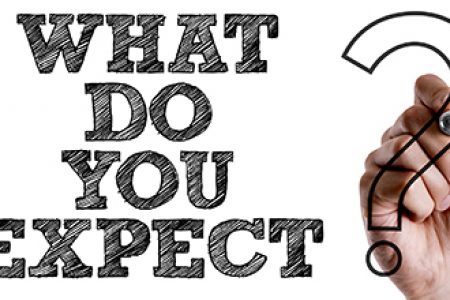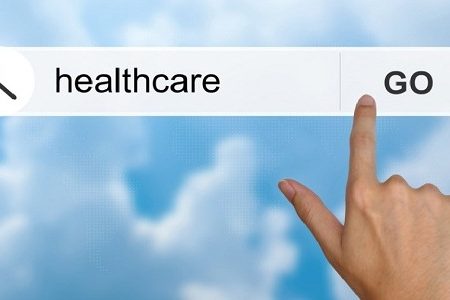The blind men and the elephant: Optimizing healthcare by combining knowledge and ingredients.
In an increasingly complex healthcare system, with a growing number of patients with one or more chronic conditions, the call for innovative treatment options is growing. The answer? Collaboration!
Knowledge from different sources is not being combined to obtain the best possible solutions to the current problems in healthcare. This may seem a ridiculous, old-fashioned assumption. However, as a consequence of the past and current policy towards specialization, scientists and healthcare professionals mostly work on relative islands, already struggling to keep abreast of their continuously evolving field. However, as nicely visualized in a Swahili proverb, “A boat doesn’t go forward if everyone is rowing their own way”…
It has recently been stated explicitly that for many treatments generally offered to patients with chronic somatic conditions, the (cost)effectiveness or effective treatment ingredients are unknown (NFU, 2014). In fact, the effects of a placebo pill, containing no active compounds, could be as large as the effects of a ‘real’ painkiller or antidepressant (Benedetti, 2008). This stresses the fact that a multitude of factors within the treatment context contribute to the efficacy of a treatment, including the doctor’s perceived trust in a given treatment, or the experiences of the patient or the patient’s friends. These factors all influence patients’ expectations. If we would make more use of this multitude of factors, for instance by collaborating with other disciplines, we would be able to optimize treatment.
Our research group, headed by Professor Andrea Evers, specifically focuses on combining developments within different disciplines to obtain innovative and creative treatments that fit the current times and healthcare system. This may sound rather abstract, so let me give two examples of the kinds of applications that we are currently working on:
-
We are developing online automated screening tools and cognitive-behavioural interventions. These interventions can be tailored to the specific characteristics and problems of the individual patient and can be conducted within his or her home environment. In designing such interventions we collaborate intensively with patients, e.g., by involving patient research partners and incorporating their perspectives, needs, wishes, and strengths (e.g., self-management potential).
- We are working on ways to use training techniques and expectations to influence automatic processes within the human body, such as our physiological stress response or immune system functioning. It has recently been demonstrated, for example, that a brief intensive training focused on concentration and meditation that includes breathing techniques can lead to an attenuated immune response to an inflammatory challenge (Kox et al., 2014). This outcome was related to generally more optimistic expectations (Van Middendorp et al., in preparation). Through this and other research projects, for which we are collaborating with many clinical departments, we aim to unravel the mechanisms and develop innovative treatments, with the ultimate aim to reduce disease activity as well as the side effects experienced as a result of long-term use of medication.
Let me tell you a personal story to illustrate both the role of expectations and the potential benefits of collaborative medicine. Almost four years ago, my newborn son, just 4 days old, had to be admitted to the hospital because he wasn’t drinking well and was slowly turning yellow. When we arrived at the hospital, the first thing the nurse said was: “Have you already sent out your birth announcement cards? Because I would advise you not to do that now…”. As a worried new mother, full of hormones, my only thought was: “Oh no, she means he’s going to die!”. So I not only almost had a panic attack on the spot, but also obsessively monitored his every breath for weeks, looking for signs that he might not survive. All she meant, however, was that sending out cards would lead to a lot of attention and visitors, which we might not really be ready for at that time. And luckily nothing much was wrong with the little fellow, except that he had to learn that milk was a good thing… If that nurse had been trained in the effects of communication, she could have spared me a lot of unnecessary worry!
As will be vividly discussed at the inaugural lecture of Professor Evers on Friday October 31st, 2014, we believe that combining knowledge from patients, healthcare professionals, the healthcare environment, and different disciplines will lead to unprecedented possibilities for promoting health and combating disease. This will help towards optimizing health and healthcare.





